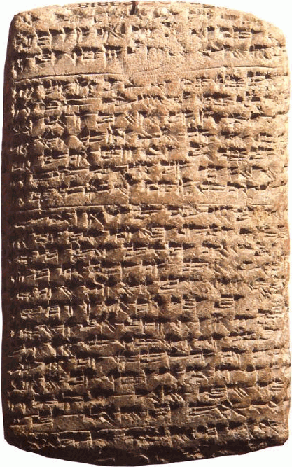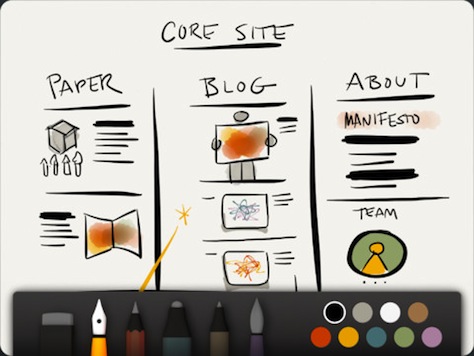Complementary Kinds of Creativity
Actually, by fighting over whether tablets or PCs are better tools for creating content—as a sort of proxy war over whose vision owns the future of computing devices—we may be overlooking something important: the possibility that these very different devices may simply be good at different kinds of creativity and that their differences may actually complement one other.
Media theorist Marshall McLuhan is famous for his formulation![]() that “the medium is the message.” What if, instead of expecting tablets to carry the same message as PCs—that is, to offer applications with the same types of capabilities done in the same way, such as word processing, number crunching with spreadsheets, and CAD and video production—then perhaps finding them wanting, we tried listening to the message inherent in this new tablet medium? What would we find?
that “the medium is the message.” What if, instead of expecting tablets to carry the same message as PCs—that is, to offer applications with the same types of capabilities done in the same way, such as word processing, number crunching with spreadsheets, and CAD and video production—then perhaps finding them wanting, we tried listening to the message inherent in this new tablet medium? What would we find?
Different Form Factors and Interactions
The logical place to start is the form factor of each kind of device, as well as its method of interaction, as follows:
- The PC—Whether notebook or desktop, the PC evolved from the typewriter. A keyboard rests on a flat surface, with a vertical display surface above it—an electronic display having substituted for a paper feed. Users manipulate keys or knobs whose output appears on the display in response. In fact, the system name for the text-based command shell lurking beneath the surface of modern PC operating systems is often tty—originally short for TeleTYpewriter.

- The iPad—This device physically mimics a drawing or writing tablet—hence the name tablet for this type of device. In fact, some users have preferred to supplement the intended finger input with stylus contraptions of various kinds.
These physical qualities are so elementary that we rarely think about them in regard to either kind of device. But their subtle, almost subconscious references to similar objects and the things we associate with them are key. Think about typewriters’ historical context: office environments, production machines, newsrooms, formal and professional settings, or perhaps a professional novelist banging out an opus.
Tablets, in contrast, have a much more primal form factor. Ancient clay tablets—like the Cuneiform tablet![]() shown in Figure 1—held some of the earliest known writings. In contrast to typewriters, these are handheld devices, and people manipulate their content directly rather than through some other mechanism. We often use one modern incarnation of the tablet, the paper notebook or journal, to hold our most intimate, raw thoughts. The same professional novelist who I mentioned previously may have sketched the plot and characters of a novel in a notebook by hand before starting to write the manuscript on a typewriter.
shown in Figure 1—held some of the earliest known writings. In contrast to typewriters, these are handheld devices, and people manipulate their content directly rather than through some other mechanism. We often use one modern incarnation of the tablet, the paper notebook or journal, to hold our most intimate, raw thoughts. The same professional novelist who I mentioned previously may have sketched the plot and characters of a novel in a notebook by hand before starting to write the manuscript on a typewriter.


In other words, both form factors have creation or production in their DNA, but with very different emphases, contexts, and approaches. The big difference between them is this: the typewriter form factor has its roots in creation that is formal, mechanistic, and professional, while people have historically used tablets to create content of a more personal or intimate nature.
This is not to suggest either that iPads are always better for content of a personal nature or that PCs are always better for professional content. Either would be an overly simplistic interpretation of what these differences mean, and I am sure one could readily find plenty of obvious counterexamples to refute either view. Rather, we need to look at the creative process itself to map these distinctions to creative activity.

